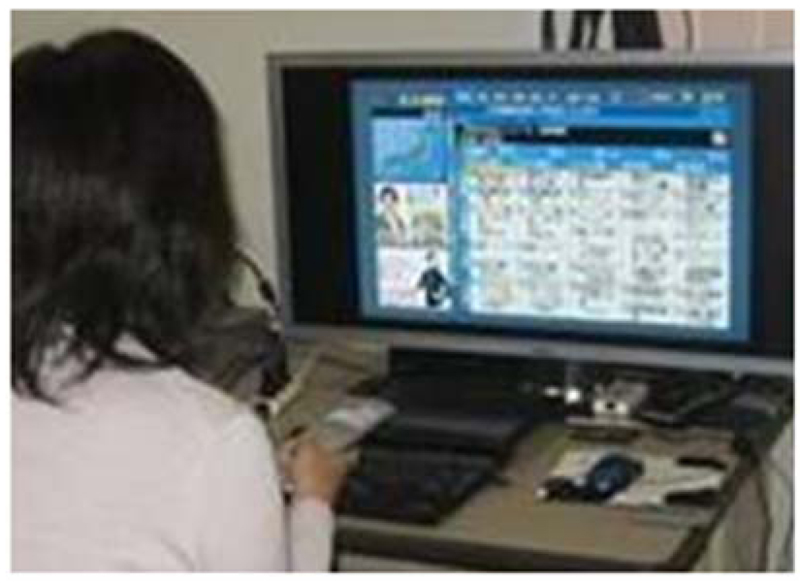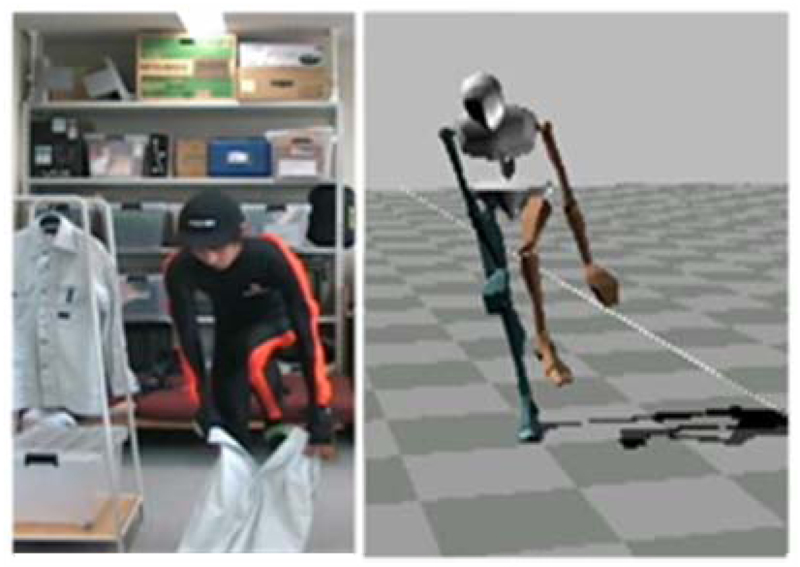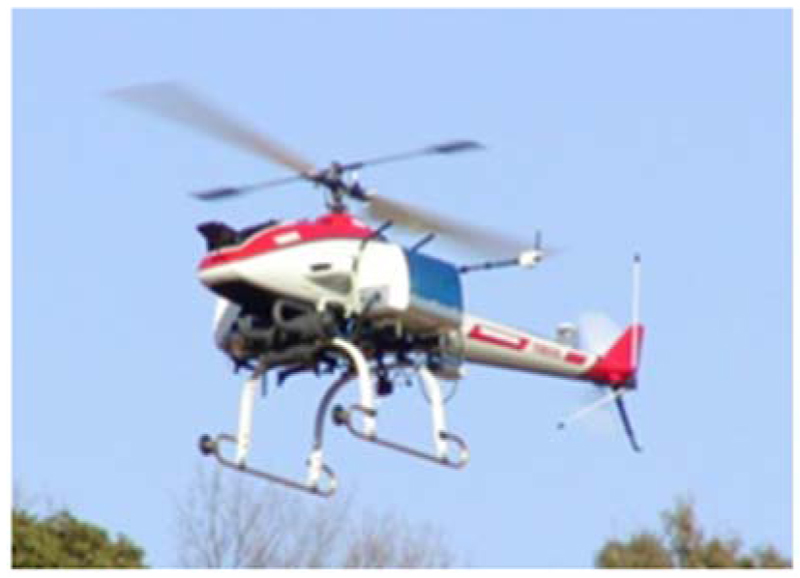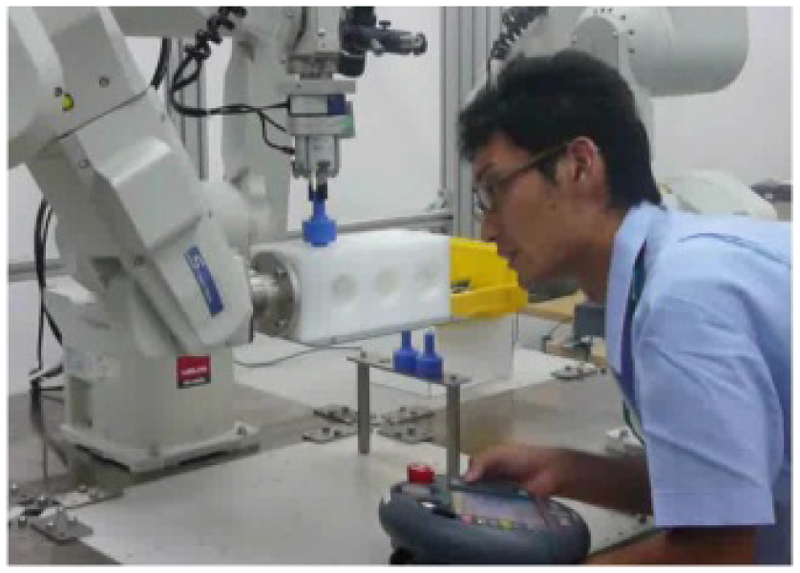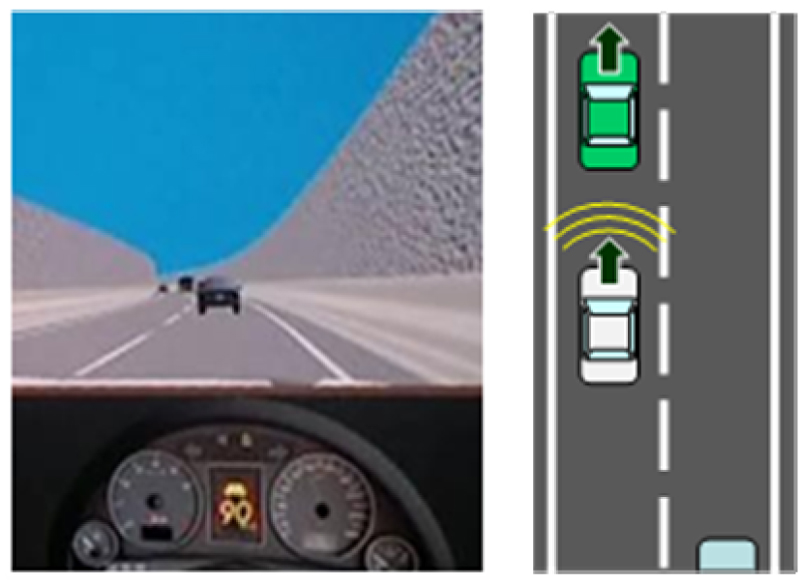Tetsuo Sawaragi / 椹木 哲夫
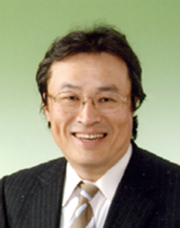 Professor, Department of Mechanical Engineering and Science, Graduate School of Engineering
Professor, Department of Mechanical Engineering and Science, Graduate School of Engineering
Chair of Committee for Operation Planning and Future Visions
工学研究科 機械理工学専攻・教授
将来構想委員長
PROFILE
Research Field
システム工学、人間機械系、ヒューマンマシンインタフェース、認知工学
System Engineering, Human-Machine Systems, Human-Machine Interfaces, Cognitive Engineering
Research Topic
人と機械が関わるさまざまな活動を円滑化し,人間知と機械知を融合した知的システムを実現するための理論と技術について幅広く研究しています.研究テーマは,人や組織の認知・判断・行動の特性理解とモデル化(人間の知を探る),複雑で不確かな環境に適応できる知能化技術の開発(機械の知を究める),人同士や人と機械の円滑な協働システムの設計(共創の知をデザインする)を柱としています.
Human and computer subsystems should be structured and designed to work in mutually cooperating ways guaranteeing a user’s usability. For this purpose, progressive system redesigns are needed with respect to human computer interactions to increase system reliability and transparency by increasing human-system interactions and especially a human user’s proactive participation, rather than by eliminating the human out of the loop. To realize such a kind of new style of human-machine relationships, we develop a new idea called co-adaptive design principle, which means that both a human user and a machine should be able to adapt to the other through experiencing the interactions occurring between them. Research topics are divided into the following three major groups: (1) Exploration of human intelligence by deepening our understanding about human cognition, judgment and actions both by the individuals and by the organization, (2) Exploitation of machine intelligence by constructing intelligent machines that are adaptive to complicated and uncertain environments, and (3) Design of co-creative intelligence enabling sophisticated human-machine collaborations.
Lecture
アーティファクトデザイン論、複雑系機械システムのデザイン
Design Theory for Artifacts, Design of Complex Mechanical Systems
MESSAGE
人間が機械を使うとき,人間と機械の間には相互作用があり,そこには齟齬や対立が生じて来ます.デザインの過程にあっては,このような対立をしている人間と機械はデザインナによって結びつけられ,新しい全体を生み出さねばなりません.人工物のひとつひとつは望む機能を実現するために人間の作ったものではありますが,本来独立であった人工物が複合的に結びつくことで,あるとき突然,全体が有機的なシステムとなって人間の望みの機能とは異なるものになってしまったり,人間の理解を超える振る舞いを呈したりすることになります. そして,同じ人工物が地域によって異なる機能を持つという難しい状況も出現し始めています.このような現代の人工物が抱える人間と機械の間の,そして部分と全体の間のミッシングリンクをどのように埋め,使用環境に依存して決まる機能の多義性をどのように扱って行くのかについて,新しいデザイン学でチャレンジして参ります.
MY PHOTO
LINKS
京都大学 デザイン学大学院連携プログラムKyoto University PAGE TOP
